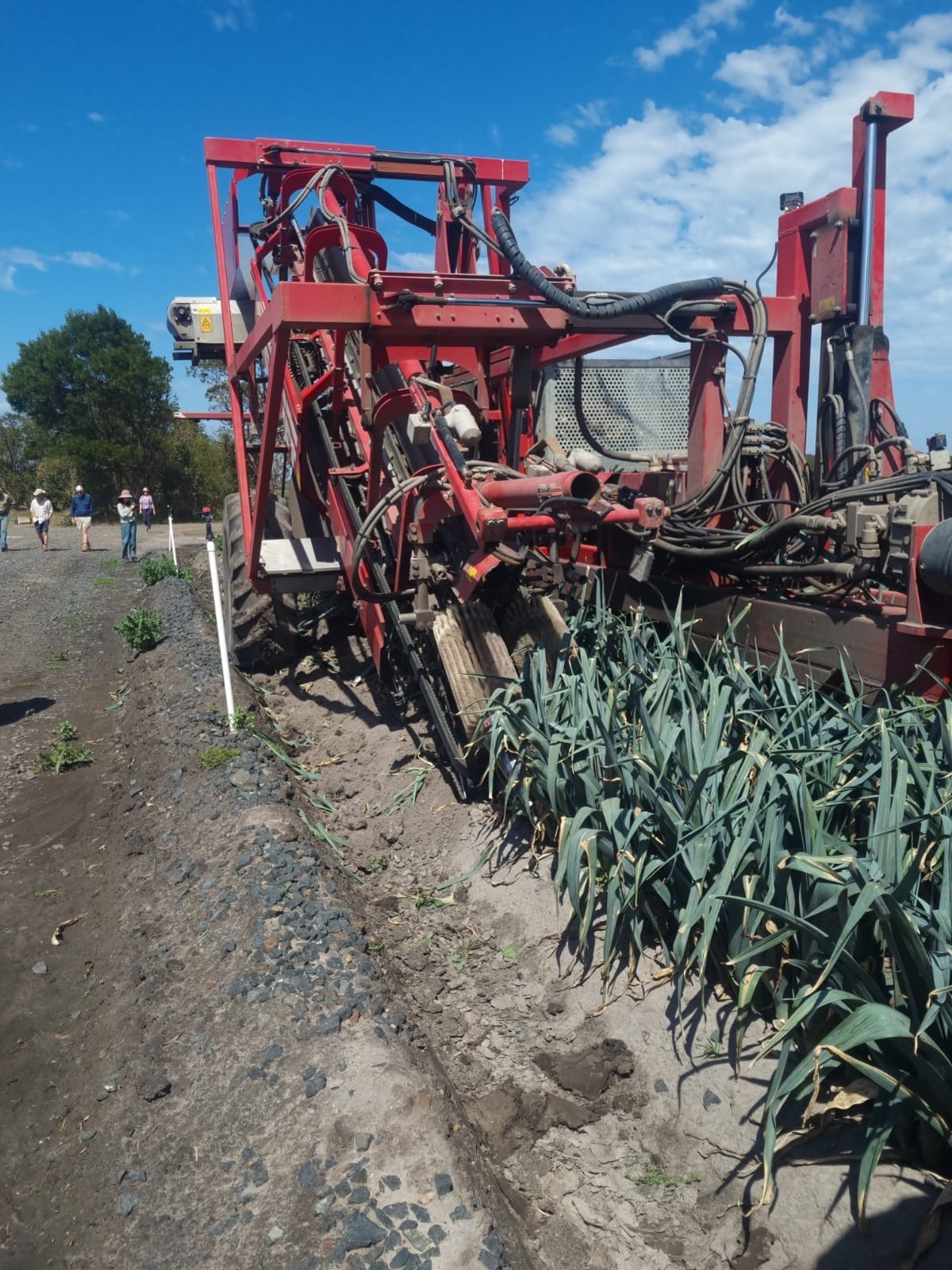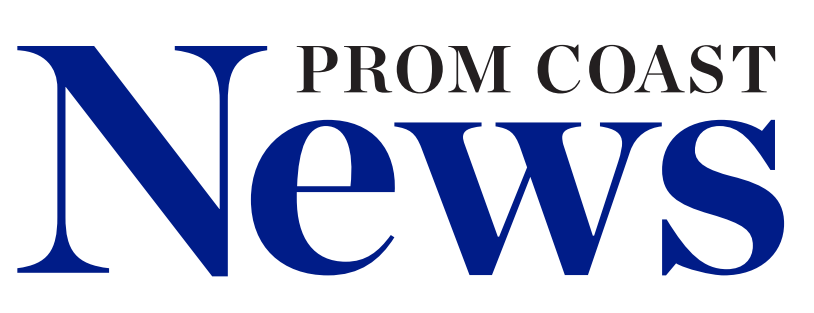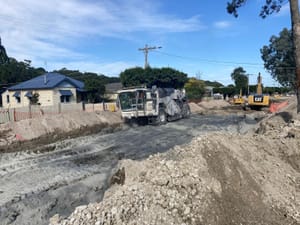Imagine a war between millions of good bugs and bad bugs to minimise pesticide use … well, this is what is happening on Australia’s largest celery farm here in South Gippsland.
In what was then a first for the vegetable industry, 30 years ago Adam Schreurs introduced “integrated pest management” (IPM) to the Schreurs and Sons farming operation, almost completely removing the need for harmful pesticides.
And it’s not rocket science (though the Schreurs do grow rocket too!). A variety of native flowering plants are grown around the cultivated areas to provide food and protection for the beneficial bugs in between crops.
All this means that the Schreurs have minimal need for harmful pesticides and those that are used are designed to have minimal impact on the friendly bugs. Adam regularly wanders across his crops with an adapted leaf blower and sucks up any nasty insects while monitoring the success of his IPM program.
It’s all part of a marvellous family story of celery and success.
Schreurs and Sons is a third generation business which was founded by Adam’s grandparents and uncles in Clyde. Then, ten years ago, as Melbourne’s metropolis crept east, Adam was tasked with managing a new 65 hectare site in the Tarwin Valley. It’s a site that is relatively frost free, and has now expanded to over 400 hectares under irrigation (with a pumping license from the Tarwin).
Water is pumped into large storage dams during high flows and crops are watered by 17,000 automated sprinklers which can be operated remotely by phone, based on strategically placed moisture probes. There is also an additional 100 hectares of native vegetation in the flood zone, which acts as a buffer between the crops and the river, although all runoff from the crops is collected in settling ponds and native grasses are planted to filter sediment in the drains.
The Schreurs grow 325 hectares of celery, which is rotated with baby leaf plants like spinach and rocket. The latter can be cut up to 7 times during the rotation in cooler months. Leeks are also grown in a similar cycle. A sacrificial cover crop is then sown in between harvests to suppress weed growth and harbor the beneficial bugs, and finally there is a six week fallow period to allow plant debris to rot down for green manure.

The cropping area is formed into permanent raised beds to help with drainage management and minimise compaction during cultivation and harvesting. Most sprays and fertilisers are also now spread using drones with the current fleet able to carry up to 50 kg in weight each. Fertilizer application is based on GPS guided soil testing. The operation also boasts a mini army of 70 tractors/harvesters, many built or adapted by the family to suit the conditions.
Whole celery bunches are harvested by hand, while the other three crops are harvested automatically. All the produce is trucked to outer Melbourne for processing.
Thanks must go to Adam and his family for the tour of this impressive innovative farm and to the Tarwin Landcare Group for organising a great Sunday morning event. Kaye Rodden



